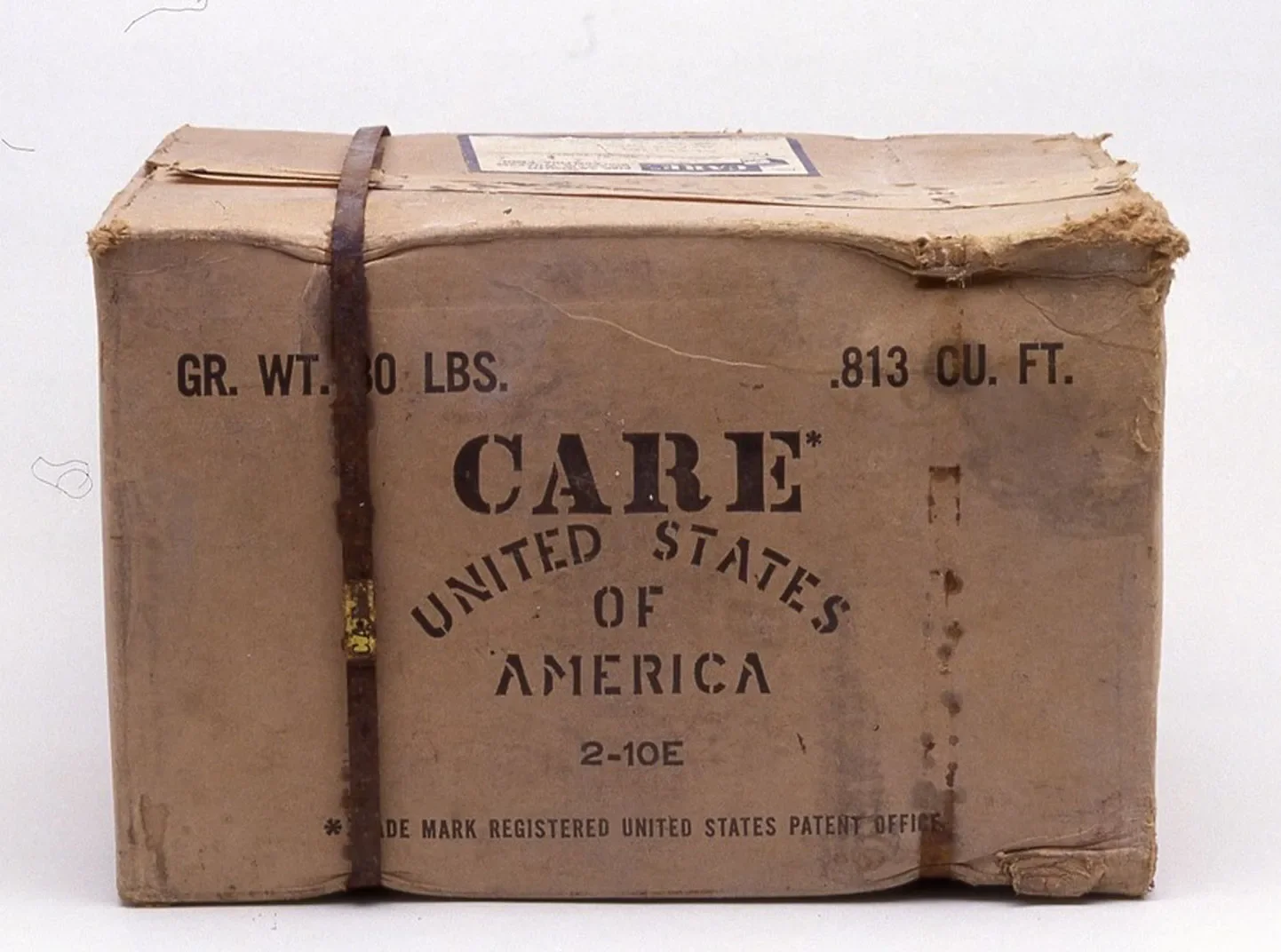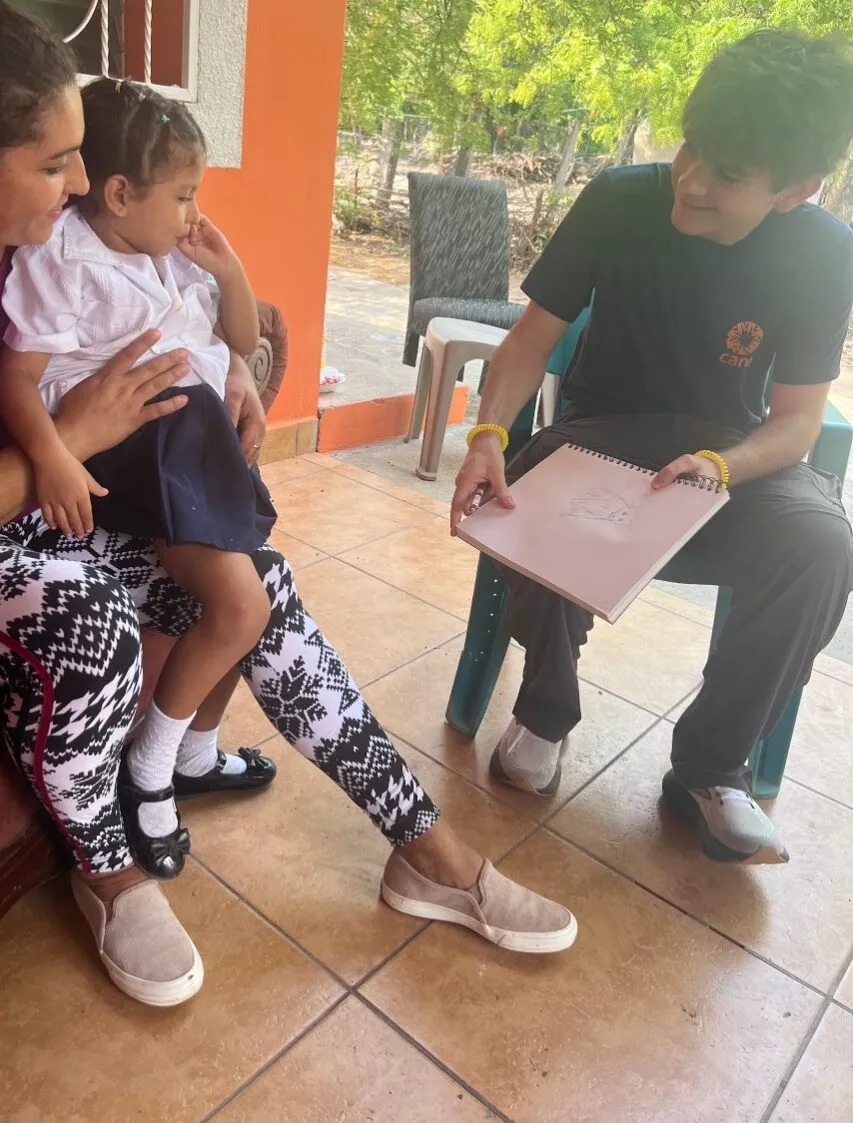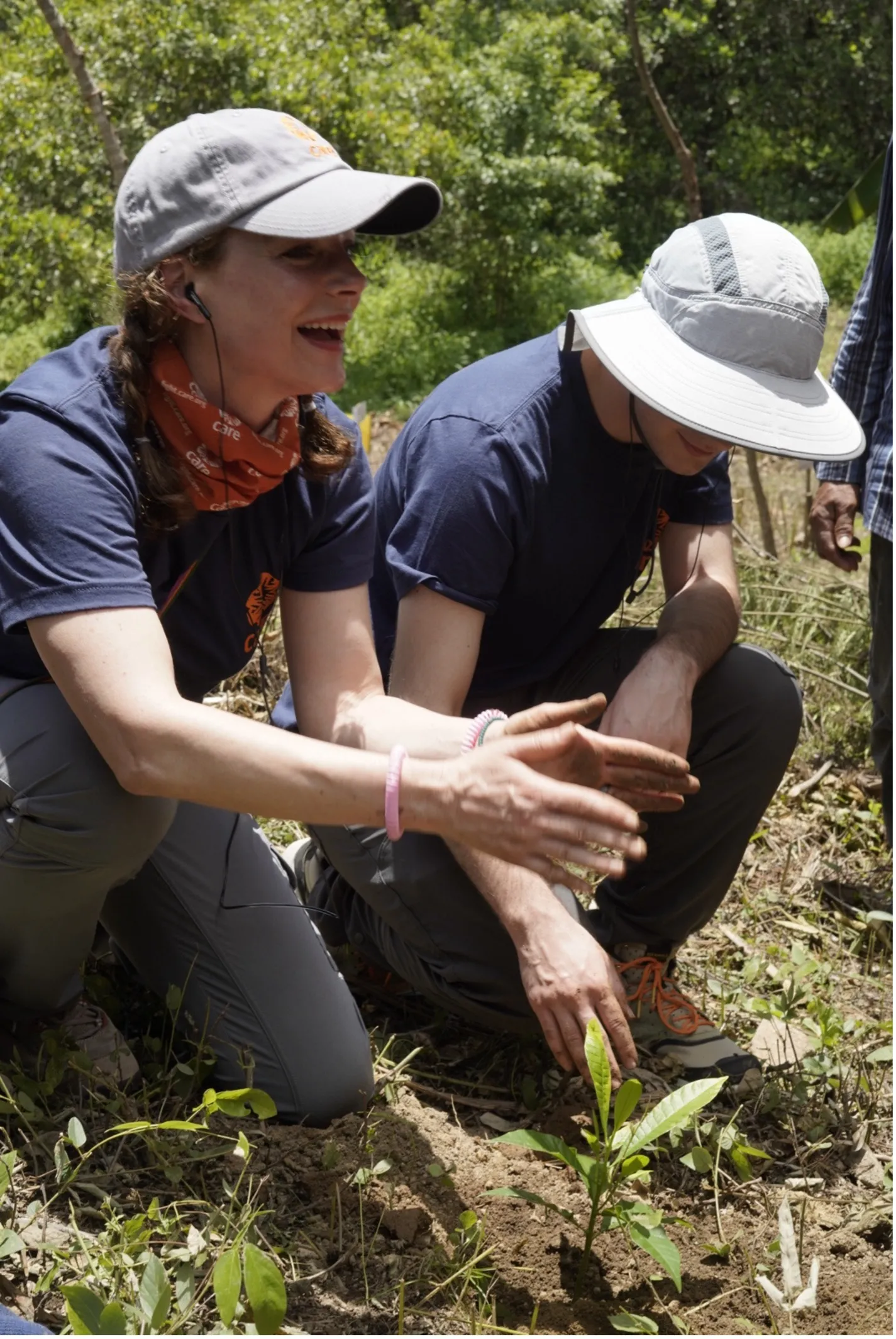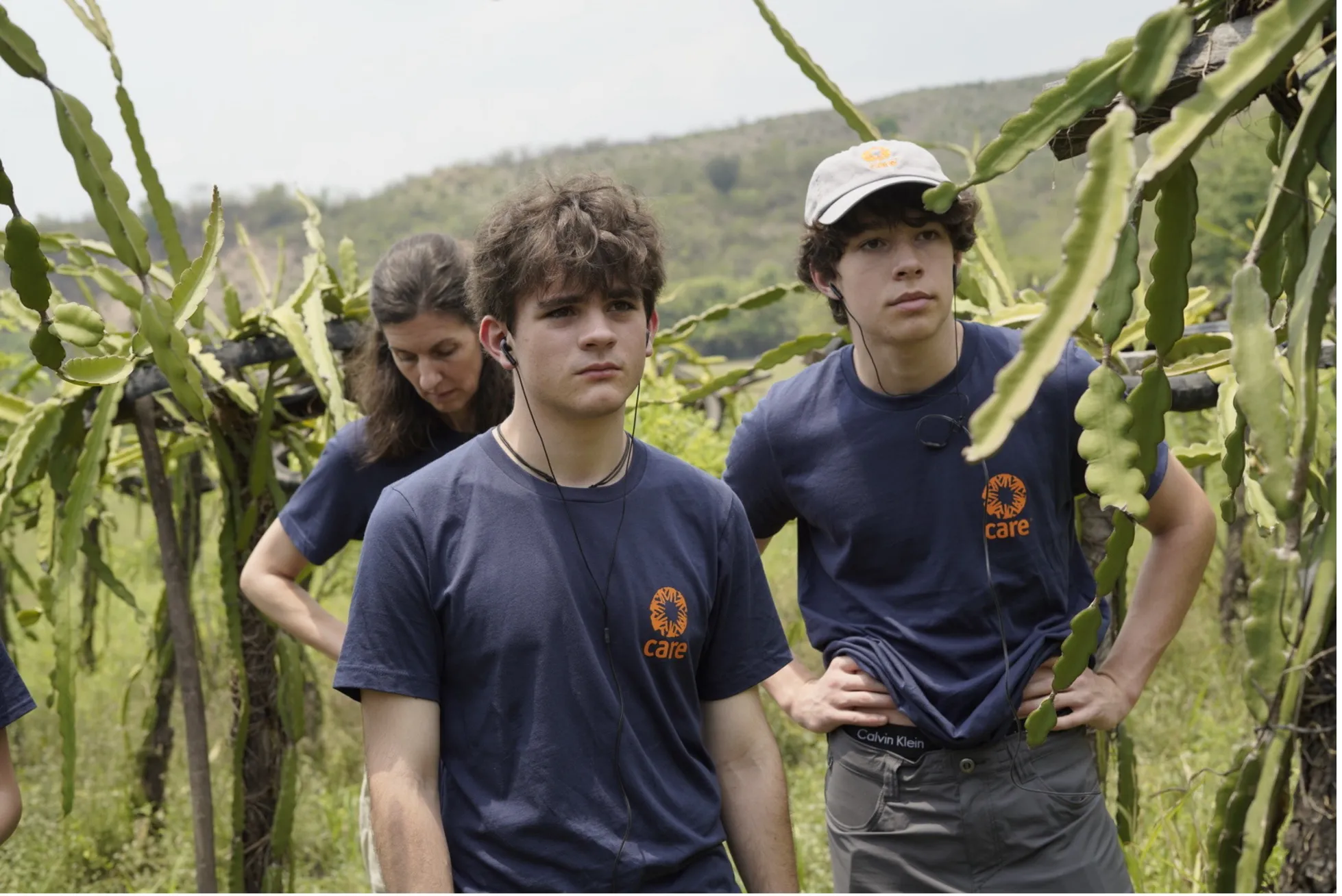As we drove to our hotel in Choluteca, we passed makeshift homes made of propped up sheet metal and what looked like clay. To my surprise, rain began pattering the windshield of our car. As it turns out, the Dry Corridor still has a rainy season. It’s just not enough. According to USAID, weather changes could lead to a 10–20% decrease in rainfall by 2050.
I learned that CARE began work in Honduras in 1954, helping hurricane victims and running small-scale food programs. CARE officially established its country office here in 1959, starting with food distribution programs and eventually moving toward a sustainable development program that focuses on improving access to water, food security, and bringing people into economic development programs.
Olman, a CARE representative, drove us everywhere. As we rode with him he told us stories of his community. Despite being translated, I could hear the passion in his voice when he talked about his country. That was what stood out to me in the people we met: they have pride for the work they are doing, they just needed the tools to thrive. Many people flee Honduras hoping for more opportunities in America. Parts of the Northern Triangle are missing large numbers of their younger men, who are typically the ones who leave to find a job somewhere else.
In the little girl’s village, they’ve learned to make chips from plantains they grow themselves with tools and training from people at CARE. The villagers gave us a sample. They were crispy, spicy and very good.
When I finished my drawing, I handed her the picture and she smiled. As I left I realized something. I rushed back and gave her a large handful of papers from my notebook, and my pencil. She could take over the drawing herself.



